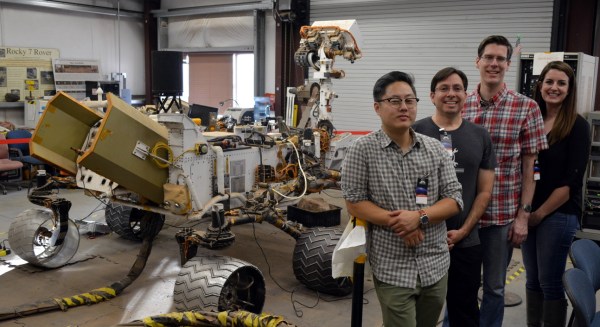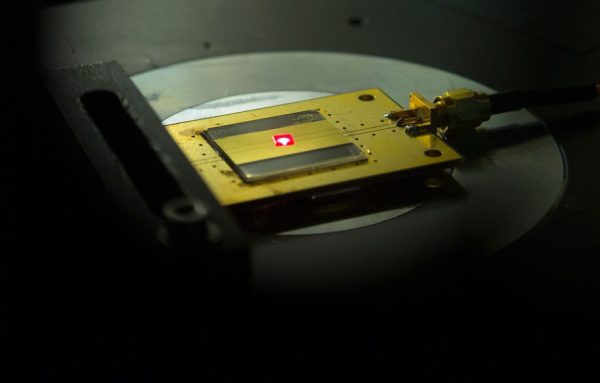T’is the season to hack, and the maker brigade won’t disappoint — there’s no better way to crank out a few cute holiday tchotchkes than to fire up the 3D printer. [Niklas Roy] has released gDraw, a software package that creates G-code to print out 2D drawings on your 3D printer.
The interface is simple, allowing the quick and easy creation of basic vector drawings. The program then converts the paths in the drawing to a G-code representation that your printer follows to squirt them out in plastic. Think of it as the 3D printed equivalent of the “Stroke Path” tool in Photoshop.
[Niklas] chose to demonstrate the software by creating some interesting greeting cards that Big Christmas is sure to rip off next year and sell for $30 a pop. The printed plastic drawings give a fun 3D effect to the cards, and we’d love to see more examples of art created with this technique. The software was designed to work with the Ultimaker 2, but with tweaks, it should be able to generate code for other printers, too.
We’ve seen plenty of great festive hacks over the years — like this awesome laser projection setup.


















